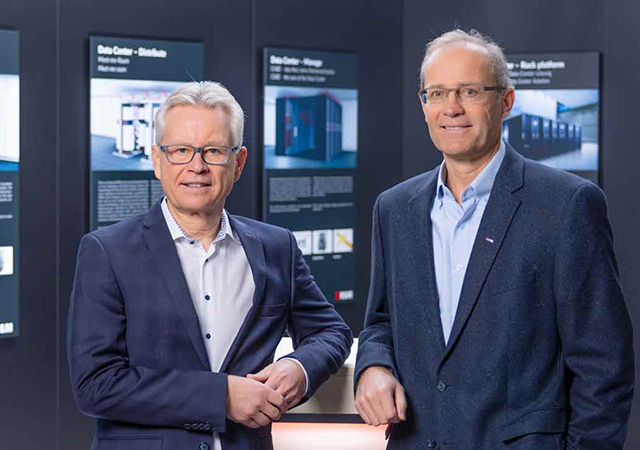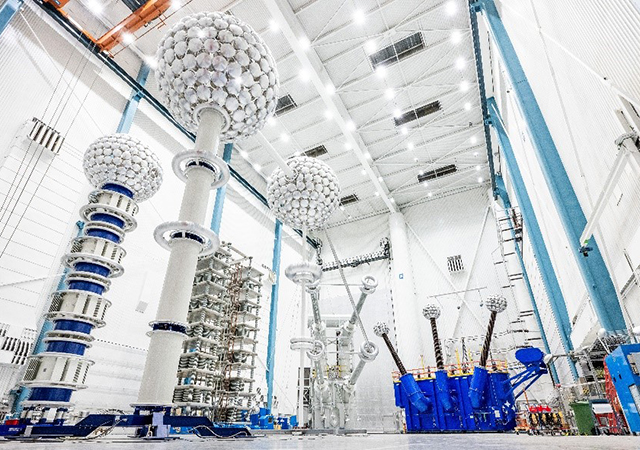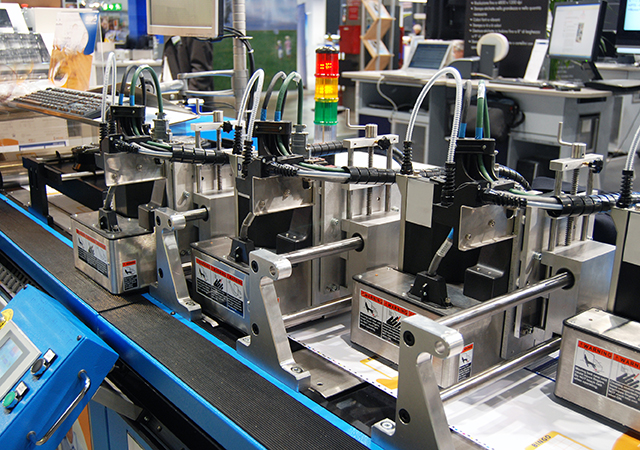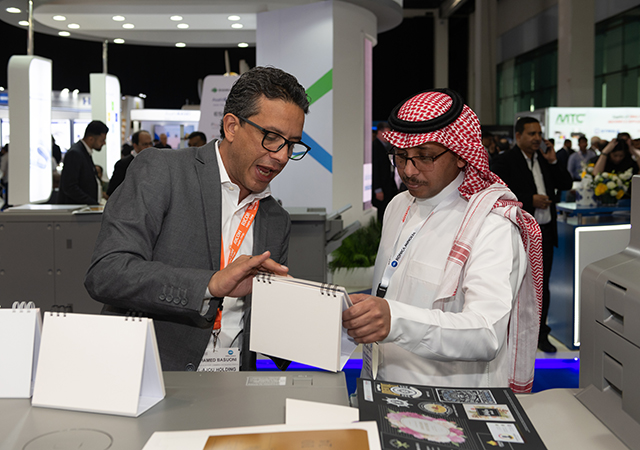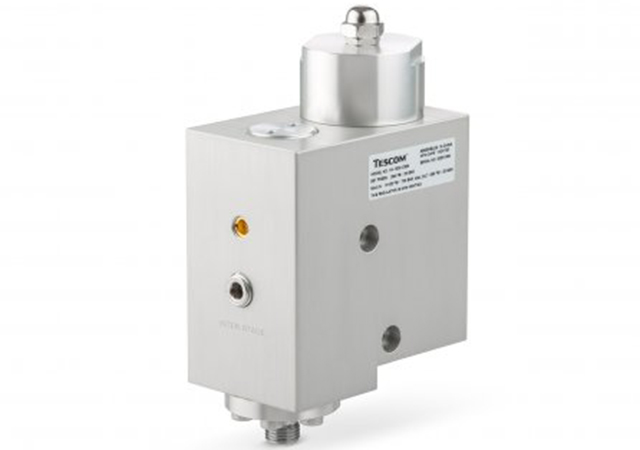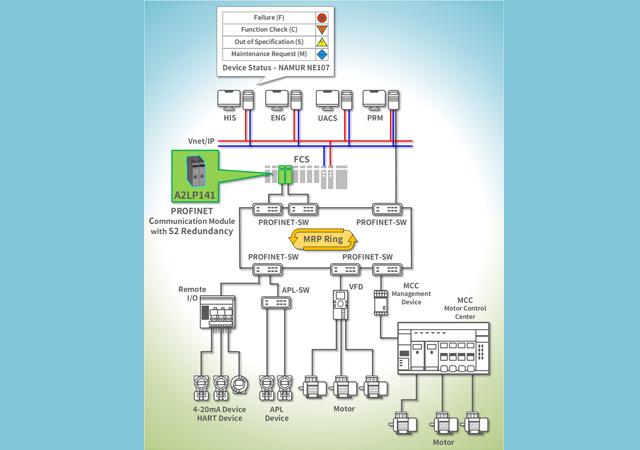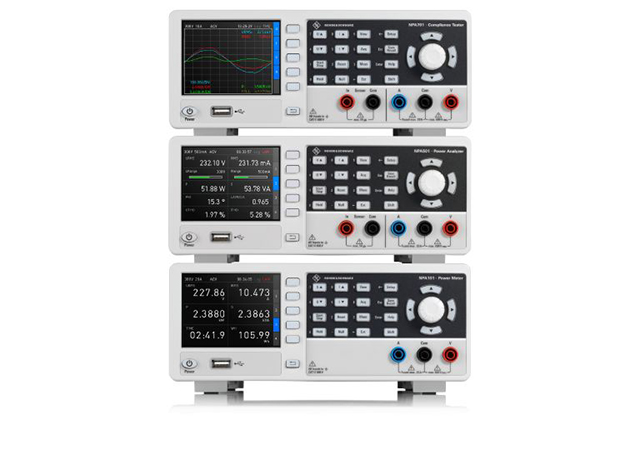
 Celeron FT’s reciprocating pump
Celeron FT’s reciprocating pump
Equipment manufacturer Celeros Flow Technology has launched a new standardised range of reciprocating pumps with an emphasis on speed and simplicity.
Easier product selection and faster turnaround are two of the advantages customers can expect when they choose Celeros Flow Technology as their preferred supplier for reciprocating pumps
Celeros FT has revised its reciprocating pumps portfolio to align it with current market conditions, reducing design complexity and making it simpler to match the pump to the application.
“We have a fantastic heritage and considerable expertise in reciprocating pumps technology through our ClydeUnion Pumps brand. When correctly applied and maintained, our pumps can perform with zero emissions, enabling customers to uphold the highest environmental standards. We have therefore updated and streamlined our product portfolio to reduce complexity and improve parts interchangeability, as well as improving the customer experience around product selection and delivery,” explained Bryan Voytilla, Global Product Manager for pumps at Celeros FT.
A new online pump configurator helps Celeros FT distributors and partners respond to customers’ enquiries efficiently and facilitates an application-driven approach to product selection. Preconfigured drawings enable rapid selection of pump options and speed up the manufacturing process. For bare shaft units, materials are released from Engineering within 15 minutes of an order being placed, with dispatch to the shopfloor for testing within 24 hours.
“We can now achieve turnaround times of six to eight weeks on typical applications for water and downstream oil and gas customers,” said Voytilla. “Reciprocating pumps for nuclear applications take a little longer in order to comply with the necessary accreditations, but we can still offer very competitive delivery.”
Standardisation across the reciprocating pumps portfolio has cut the number of components by 20 per cent thereby reducing spares inventory and simplifying maintenance. A redesigned valve inside the fluid end of the standardised reciprocating pumps has also reduced complexity and makes changeout much easier than before. The pumps also feature a new tie-plate, which facilitates the adaptation of pumps to process changes.




